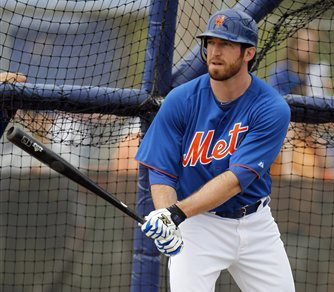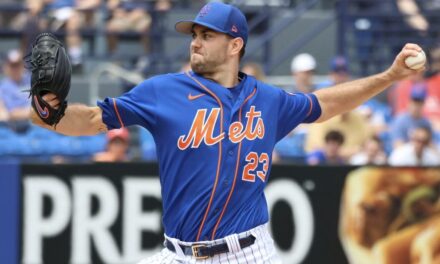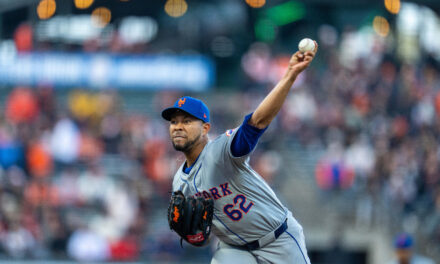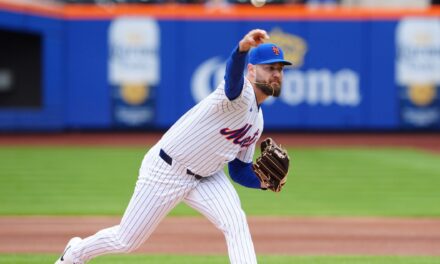 Despite the seemingly non-stop buzz surrounding the Mets’ attempts to trade Ike Davis, something tells me that if they fail to consummate a swap, it may turn out to be the best overall result. Power, as we have been reminded repeatedly, has become a progressively scarcer resource throughout baseball since the tide of steroid use has receded.
Despite the seemingly non-stop buzz surrounding the Mets’ attempts to trade Ike Davis, something tells me that if they fail to consummate a swap, it may turn out to be the best overall result. Power, as we have been reminded repeatedly, has become a progressively scarcer resource throughout baseball since the tide of steroid use has receded.
The Met organization has never been a particularly plentiful source of longball threats in the course of its draft history, so when events conspire to produce an actual 30+ homer threat of the home-grown variety, you would think that the managerial mind trust would be loathe to part with that asset, ugly stretches of non-production or not.
And yet, here we are with Ike Davis being basically hawked to all comers like a Sham-Wow despite representing what a team like the Mets generally looks for: a relatively young power threat coming into his prime years, under team control, and looking to prove that he belongs. Wildly inconsistent or not, based on the additional factor of defense and the likely in-house alternatives, doesn’t Ike represent the best chance for this team to field the type of power threat generally associated with his position?
A few other factors suggest to me that selling low on Ike at this point could be a major mistake. One would be his almost extreme selectivity last season upon returning to the big club from his Vegas exile. While many decried his seeming transformation into a high OBP, low power type as evidence of a lack of aggressiveness, we can certainly contrast it with the early-season version of Ike who swung at nearly everything and see it as a stage in the evolution of a more polished hitter. Lest we forget, Ted Williams always emphasized the importance of getting a good pitch to hit, and while I am not suggesting that Ike is about to morph into the second coming of the Splinter, I would say that we should take his emphasis on improving his pitch recognition as a good sign.
Another factor that should enter into this picture is the addition of Curtis Granderson to the lineup and the clubhouse. While Granderson’s high strikeout totals are nothing to look to emulate, his consistent ability to produce hard-hit, long fly balls (which will likely clear the fences with less regularity in Citi Field), still reflects the approach of a hitter with a plan, something that could very well rub off on the Met first-sacker. Add in Curtis’ sunny disposition and you have a formula for a mentor that may be able to get through to the notoriously stubborn Davis.
Finally, with Ike entering his age 27 season this year, he will be at the age when many players begin to hit their stride and hopefully enter a period of peak production. With the Mets showing signs of emerging from their long dark tunnel, but still perceived to have a ways to go to achieving something other than purely Dark Horse status, rolling the dice one more time on Ike and his frustration-producing “potential” would seem a reasonable thing to do. I’m actually rooting for it.















